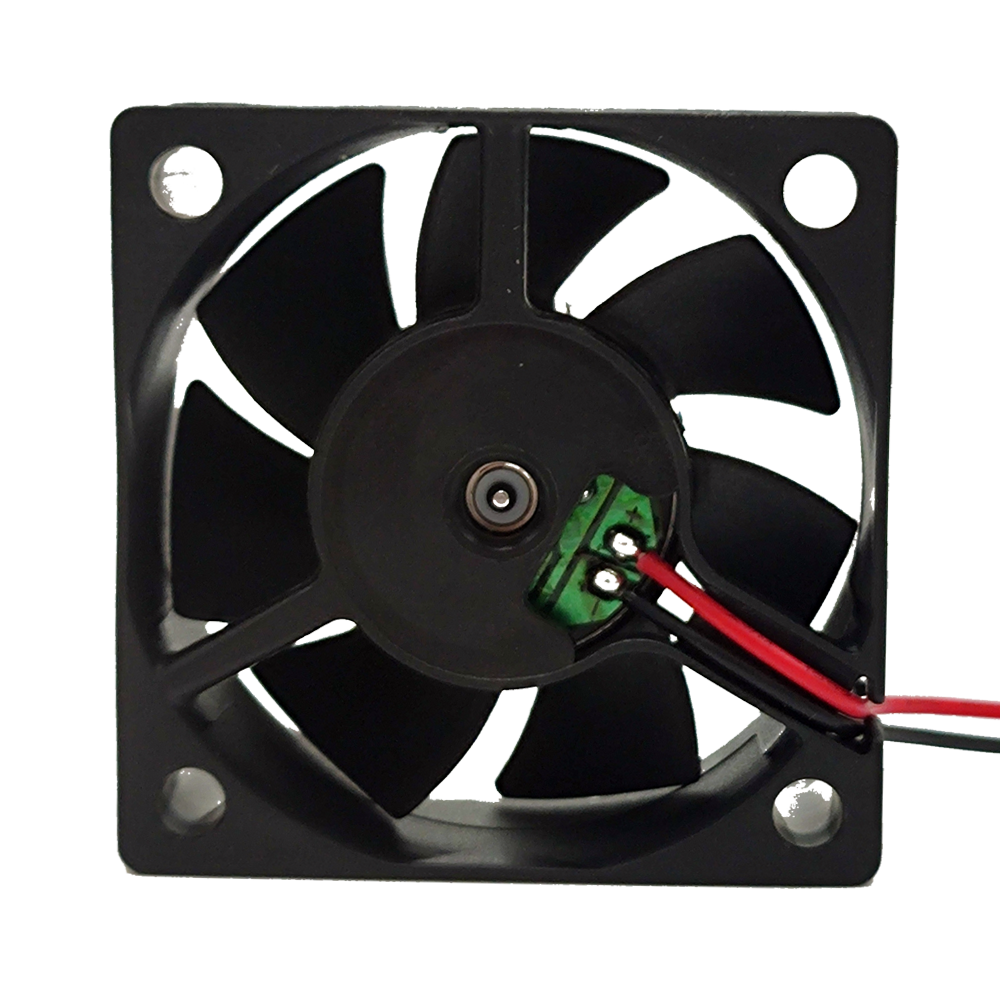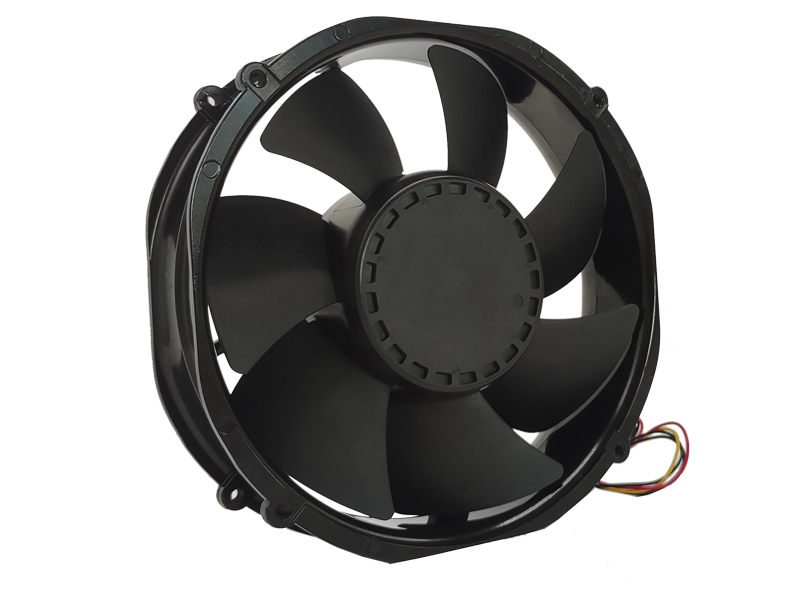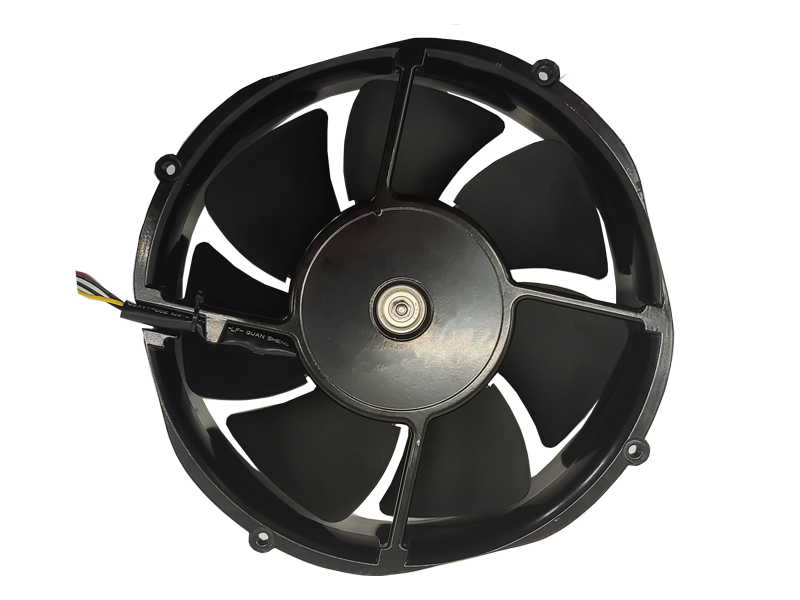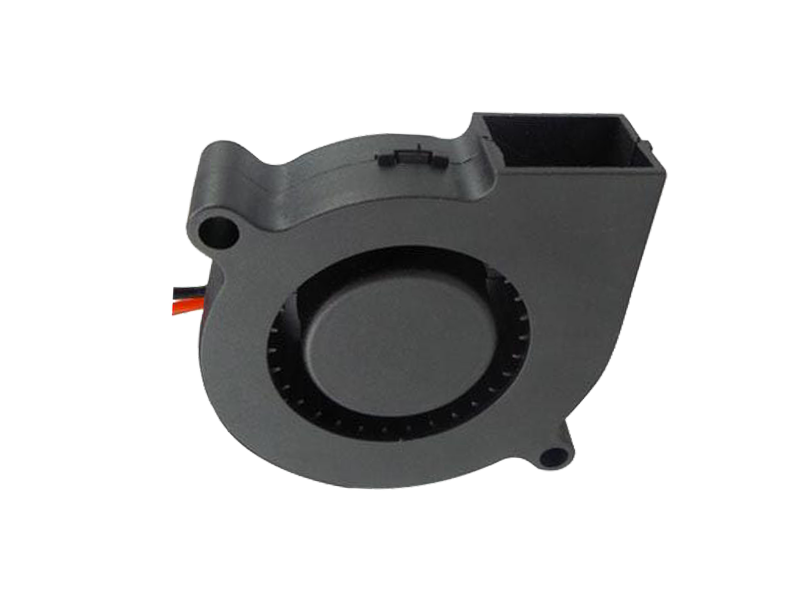In the ever-expanding realm of technology, where processors operate at breakneck speeds and data centers hum with the vitality of a thousand digital hearts, the role of thermal management has become paramount. At the forefront of this critical endeavor stands the humble yet indispensable device – the thermal fan. This article delves into the evolution, mechanisms, diverse applications, and significance of thermal fans in maintaining the delicate balance between performance and longevity in our digital world.
Origins and Evolution
The concept of using airflow to dissipate heat dates back centuries, with early examples found in ancient furnaces and even the natural ventilation systems of ancient civilizations. However, the modern incarnation of thermal fans as we know them today is a product of the 20th century's technological revolution, particularly the rise of computers and electronics.
Initially, early computers relied on passive cooling methods like heat sinks and convection, but as processing power surged and components shrank, these methods proved insufficient. It was then that the thermal fan emerged as a game-changer, actively circulating air to extract heat more efficiently. From simple DC motors driving blades to today's sophisticated brushless DC (BLDC) fans with intelligent speed control and noise reduction features, the evolution of thermal fans has mirrored the relentless march of technological progress.
Mechanisms and Technology
At its core, a thermal fan operates on the principle of forced convection, using rotating blades to generate a flow of air that carries away heat from the source. Modern thermal fans incorporate several advanced technologies to enhance their performance:
Brushless DC Motors: BLDC motors offer higher efficiency, longer lifespan, and lower noise levels compared to traditional brushed motors. They eliminate the need for mechanical brushes, reducing friction and wear.
Intelligent Speed Control: Many modern fans employ sensors and algorithms to dynamically adjust their speed based on the temperature of the surrounding components. This not only ensures optimal cooling but also saves energy and minimizes noise.
Noise Reduction Techniques: From aerodynamic blade designs to advanced bearings, manufacturers continually strive to reduce fan noise, making them more suitable for use in quiet environments like homes and offices.
Liquid Cooling Integration: In high-performance applications, thermal fans often work in conjunction with liquid cooling systems, where a liquid coolant absorbs heat from critical components before being cooled by a radiator and fan combination.
Diverse Applications
The ubiquity of thermal fans is evident in their widespread adoption across various industries:
Computers and Laptops: From desktop PCs to sleek ultrabooks, thermal fans are essential for keeping CPUs, GPUs, and other heat-generating components cool.
Data Centers: In massive data centers housing thousands of servers, thermal fans play a crucial role in maintaining ambient temperatures, preventing overheating and ensuring uninterrupted service.
Industrial Equipment: From factory automation systems to heavy-duty machinery, thermal fans ensure reliable operation in harsh environments where dust, dirt, and extreme temperatures can compromise performance.
Consumer Electronics: Smartphones, tablets, gaming consoles, and even home appliances like refrigerators and air conditioners rely on thermal fans to regulate temperatures and maintain optimal operating conditions.
Significance and Future Outlook

As technology continues to advance, the demand for more efficient and intelligent thermal management solutions grows. Thermal fans, as a cornerstone of this ecosystem, will continue to evolve, incorporating new materials, designs, and control algorithms to meet these challenges.
Moreover, the rise of sustainable technologies and the push for energy efficiency are driving the development of even more eco-friendly thermal fans. For instance, solar-powered fans for off-grid applications and fans designed to minimize power consumption during idle periods are becoming increasingly common.
In conclusion, the thermal fan, though often overlooked, is a vital component in maintaining the health and performance of our digital infrastructure. Its evolution from a simple cooling device to a sophisticated, intelligent system underscores the relentless pursuit of innovation in the field of thermal management. As we venture deeper into the digital age, the significance of thermal fans – and their ongoing development – will only grow more profound.
Recommended Products

The main purpose:Car charging station

The main purpose:Car charging station

The main purpose:Electronic refrigerators, water dispensers, direct drinking machines, inverter power supplies
Address:No. 4137, Longgang Avenue (Henggang Section), Henggang Community, Henggang Street, Longgang District, Shenzhen
hotline:13530005572(Chen)15112579390(Li)


Welcome all friends to come for consultation and negotiation.
Copyright 2024 @ Shenzhen Youneng Xinyuan Electronics Co., Ltd.,(industrial fans,industrial blowers,axial fans,cooling fans manufacturer,centrifugal fans,ac cooling fans,dc cooling fans)